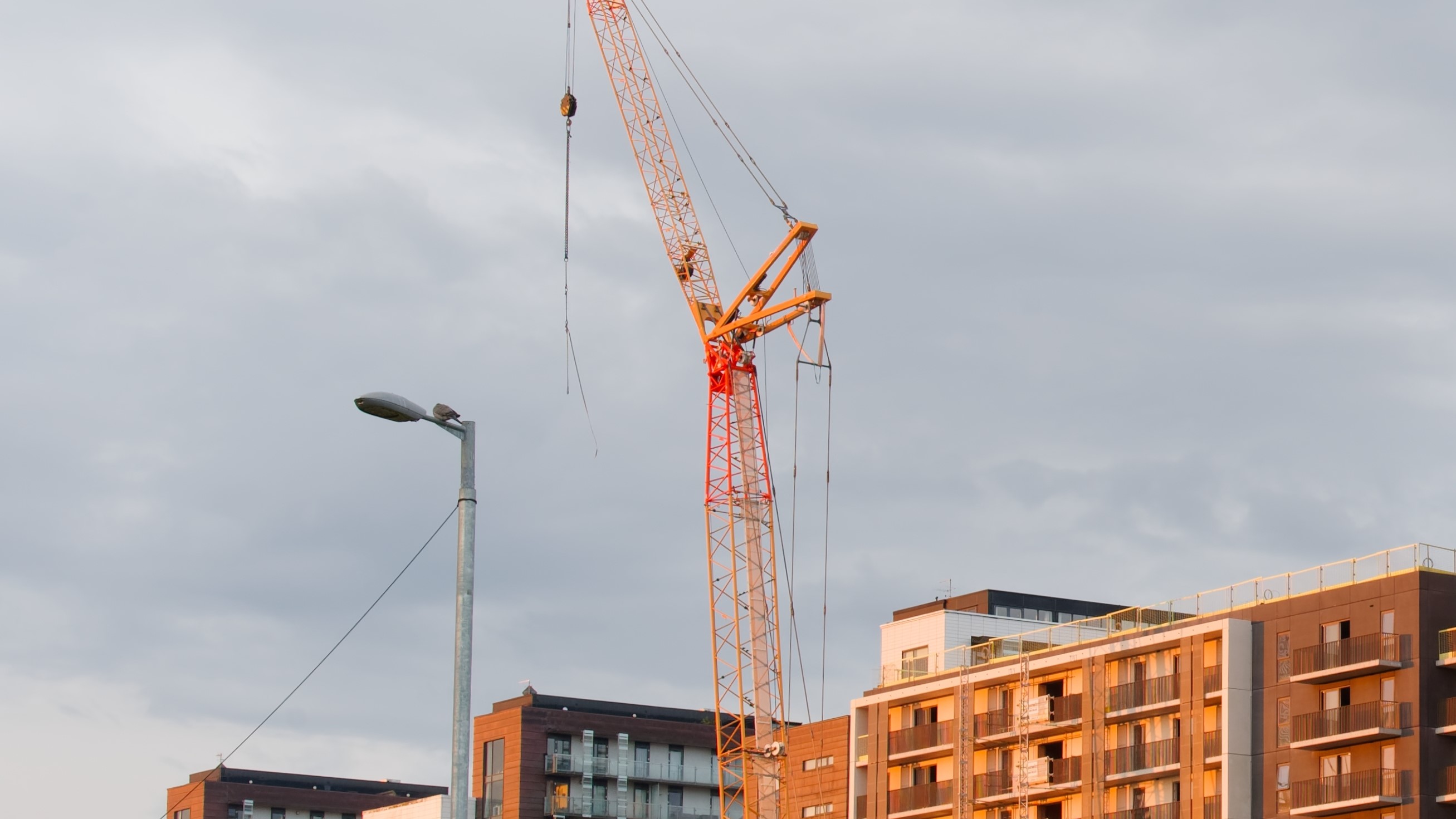
In June, the UK government announced a scheme to remove dangerous cladding from buildings between 11m and 18m in height.
Previously called the Medium-Rise Scheme, it has been rebranded as the Cladding Safety Scheme (CSS) to be run by Homes England. It will provide funding to remediate unsafe cladding on residential blocks in England where a responsible developer cannot be identified, traced or held responsible.
Money will be available for all eligible residential buildings more than 11m outside London and 11–18m in Greater London. The Greater London Authority will continue to run the Building Safety Fund for blocks taller than 18m as well.
The CCS will be funded by £5.1bn allocated by the government to fix the most dangerous buildings, and through revenue from the Building Safety Levy on new developments.
Scheme targets buildings not previously covered
The CSS funding is the first to be made available for medium-rise buildings, with many thousands of blocks expected to be covered.
The government had provided funds to remediate buildings taller than 18m with aluminium composite material cladding – which was used on Grenfell Tower – in spring 2019. The latest data showed that 468 buildings in this category have either started or completed remediation works out of a total of 490, and 364 have completed.
The government opened another fund for buildings taller than 18m with different types of dangerous cladding in spring 2020, but progress has been much slower with these. Although 3,493 registered for funds and 1,022 are continuing with an application for funding, just 264 have started work and only 39 have completed.
According to guidance, successful CCS applicants must consider how building safety works will affect leaseholders and residents, and take reasonable steps to minimise the impact.
The government has also published a code of practice for the remediation of residential buildings, which outlines what residents can expect during a project.
Responsible entities alone can apply
Only the responsible entity – a person or organisation legally responsible for a building's external repair and maintenance – will be eligible to receive funding from the CSS.
Such an entity could be the freeholder, head leaseholder, right to manage company, building management company run by residents, or social housing provider.
Building owners eligible for funding will need to apply through the Homes England CSS portal. Leaseholders or residents will instead need to apply through Homes England's Tell Us tool.
To ensure that the funding is targeted correctly and any work recommended by the assessor is proportionate, a fire risk assessment (FRAEW) will also be conducted in accordance with PAS 9980.
Homes England CEO Peter Denton says: 'We will continue to work with the Department for Levelling Up, Housing and Communities to ensure we can bring peace of mind and protection to the millions of people whose lives have been affected by unsafe cladding.'
Smaller buildings could remain at risk
The scheme means that costs of fixing dangerous cladding on all eligible buildings in England more than 11m will now be covered either by government funding or by the original developers.
The government has excluded buildings below 11m from the CCS, saying that remediation work should be needed in so small a number of cases that providing funds would be neither proportionate nor necessary.
But PAS 9980 contains no such restriction, meaning that assessors may well deem a block smaller than 11m in need of remediation.
This would result in leaseholders facing bills for the work with no protection or recourse to government funds, or any compulsion on the developer to finance them.
Second staircases set to be mandated
In addition to the CSS, the government has confirmed it intends to mandate second staircases in new residential buildings taller than 18m, something that RICS has lobbied for as part of safety reforms following the Grenfell Tower fire.
As England in the meantime remains one of only two countries in the world to allow single staircases in residential buildings of any height, we have urged the government to introduce the legislation as soon as possible.
RICS offers safety resources
RICS released a podcast about the Building Safety Act 2022 in February, available on Apple or Spotify.
The Institution's own site also hosts an information centre on the act that is frequently updated, and an FAQs page as well as a fire safety hub.

